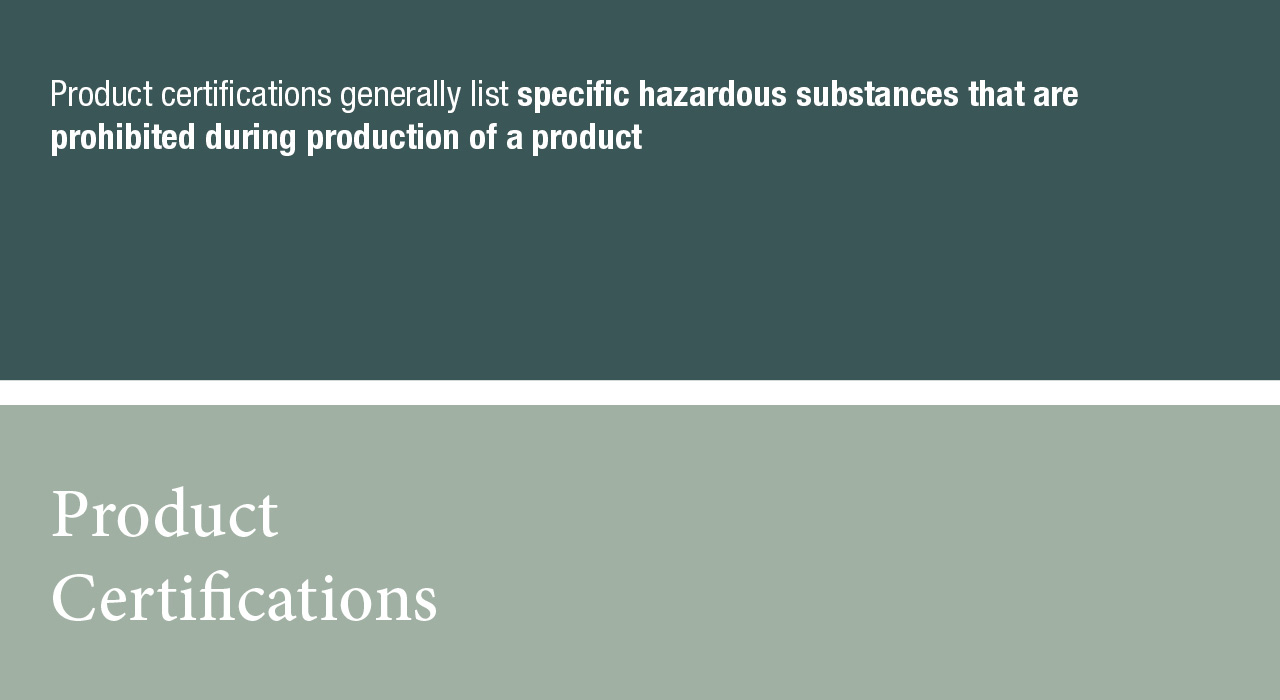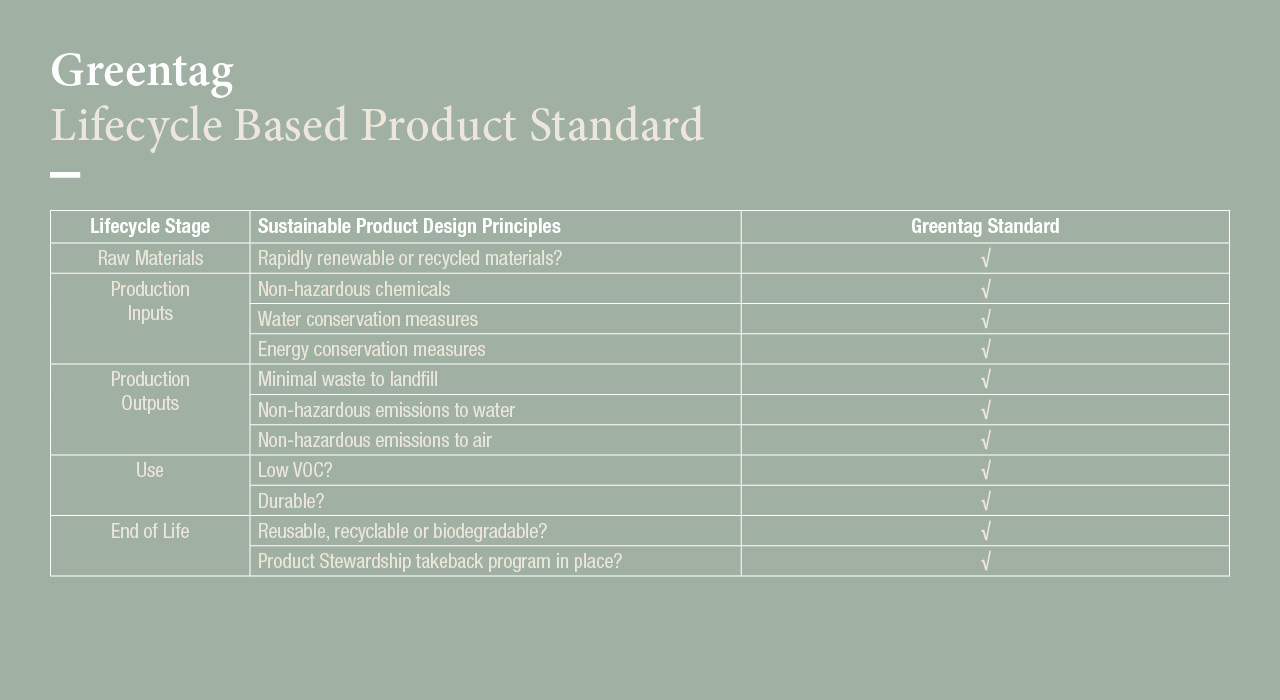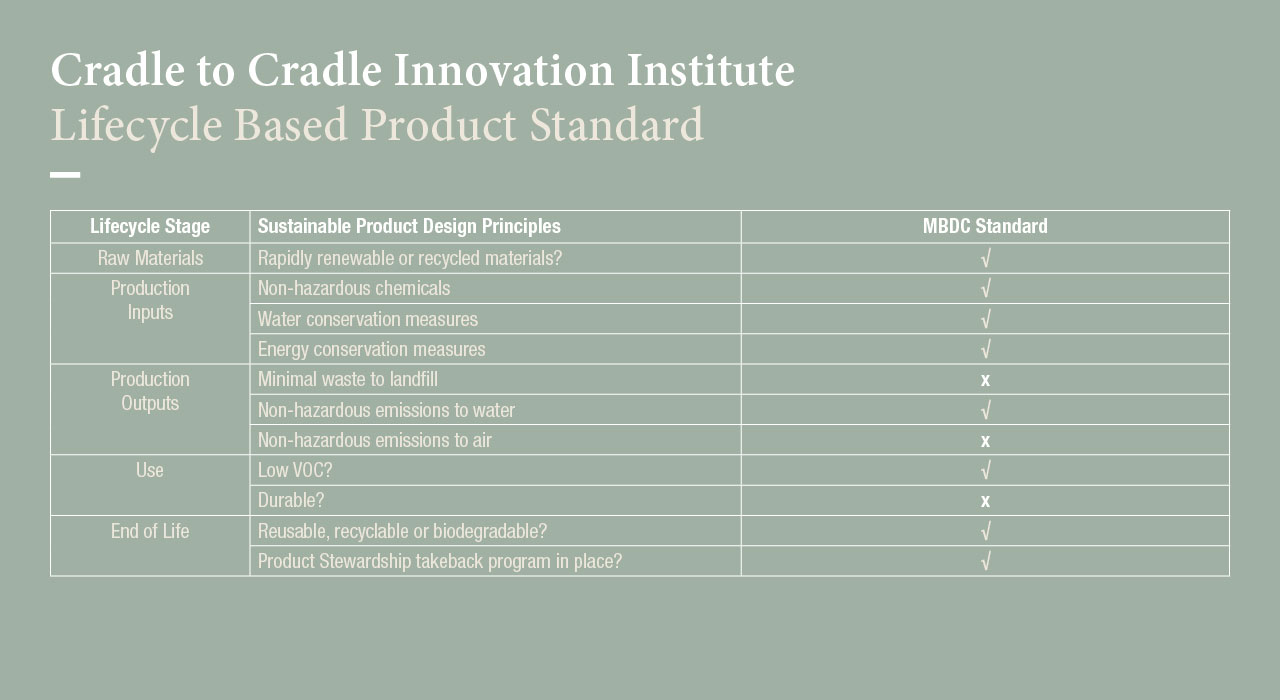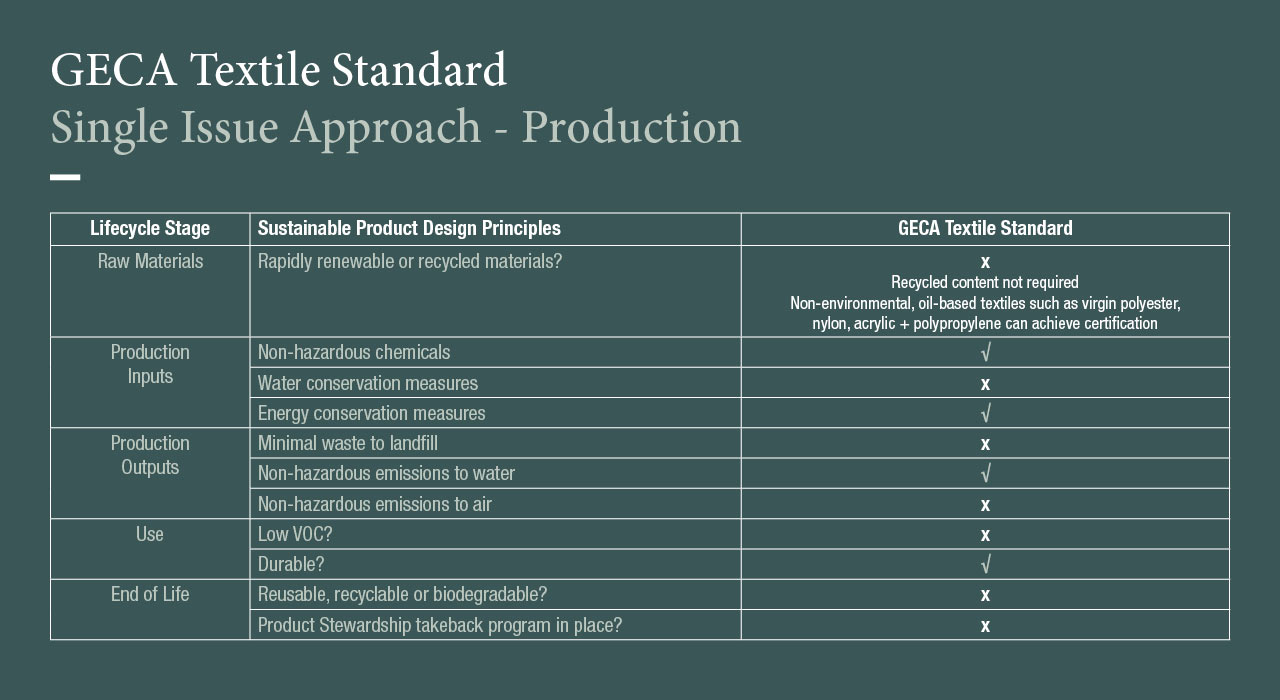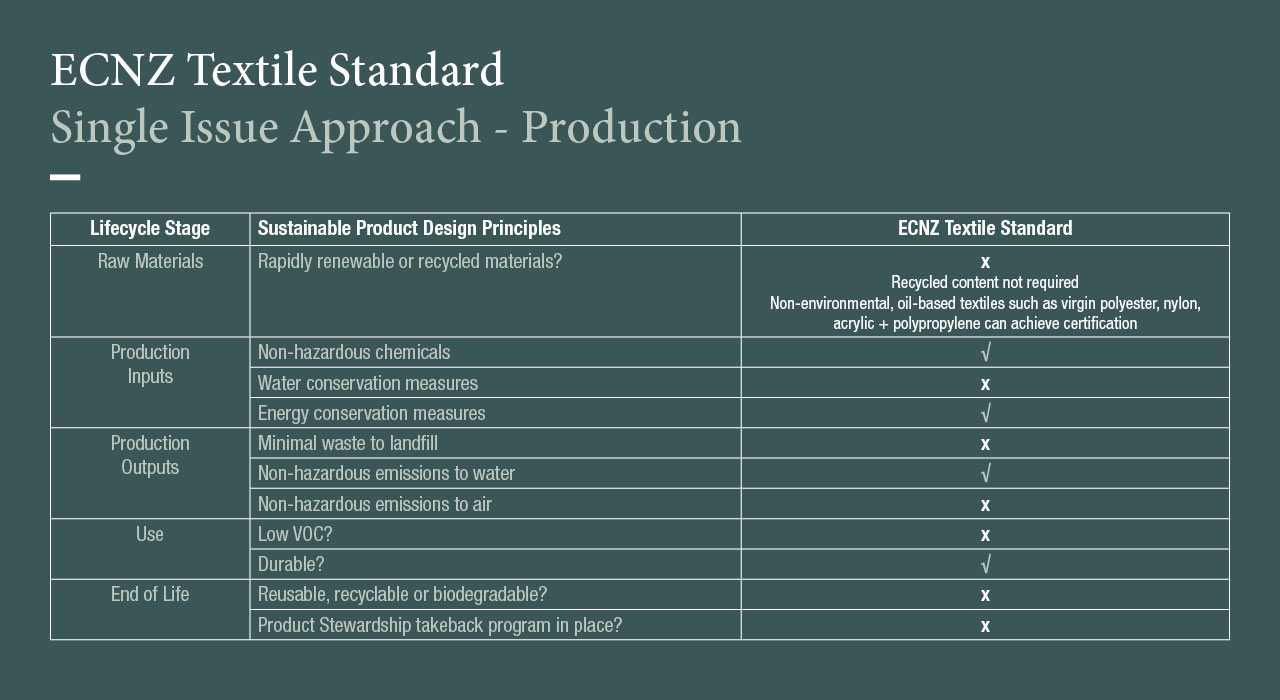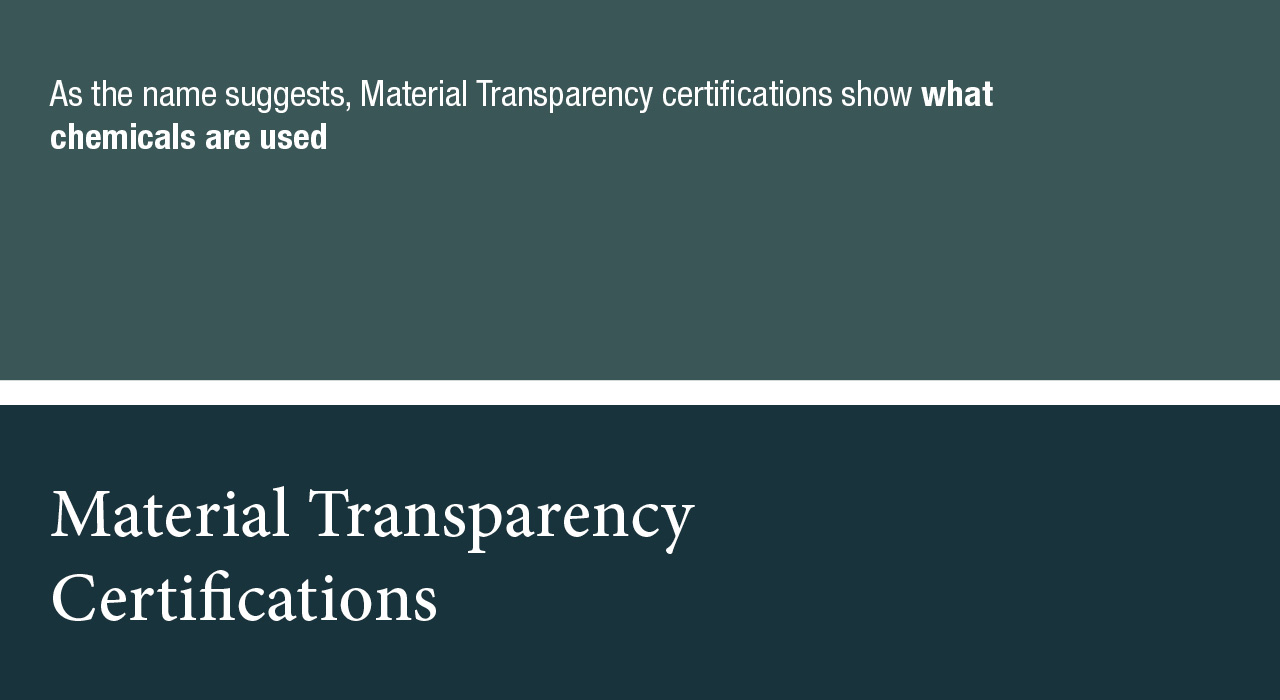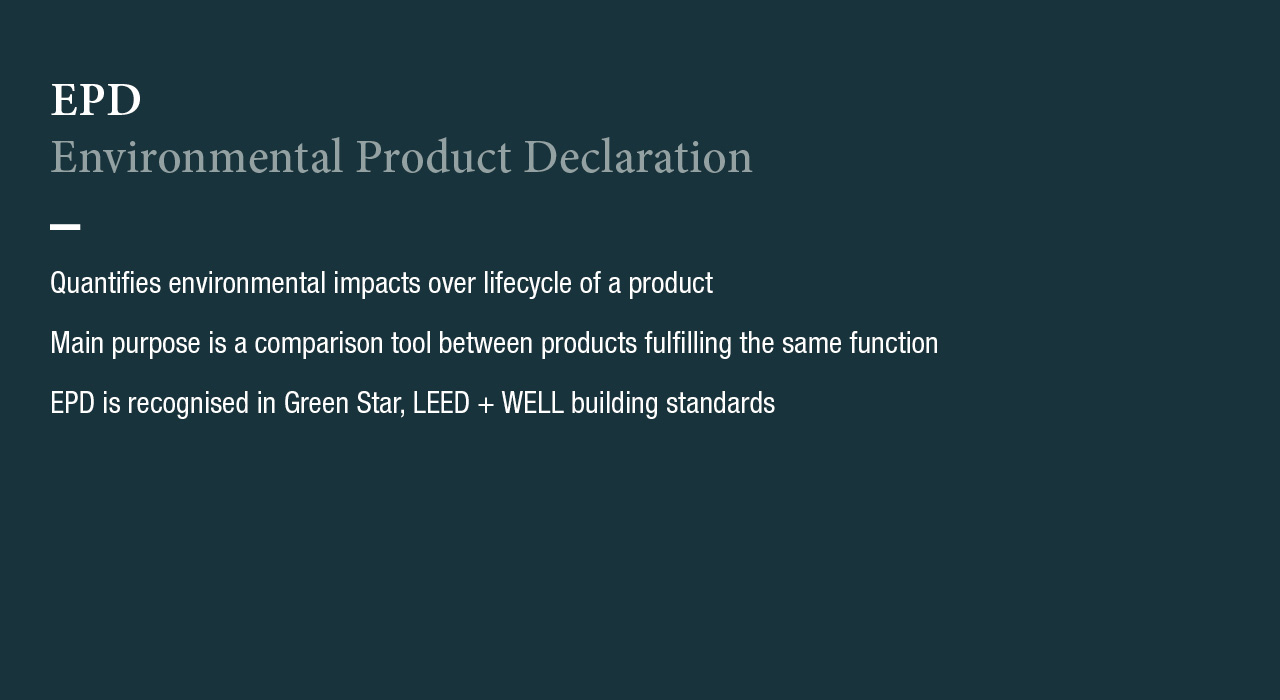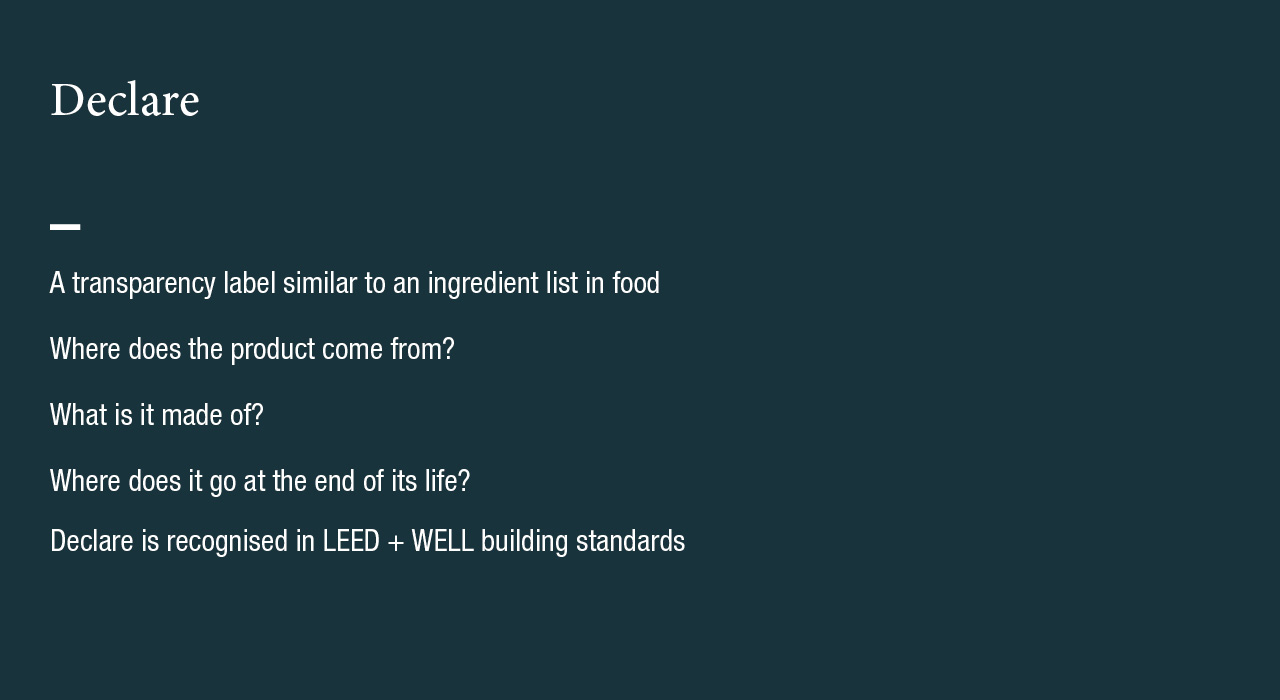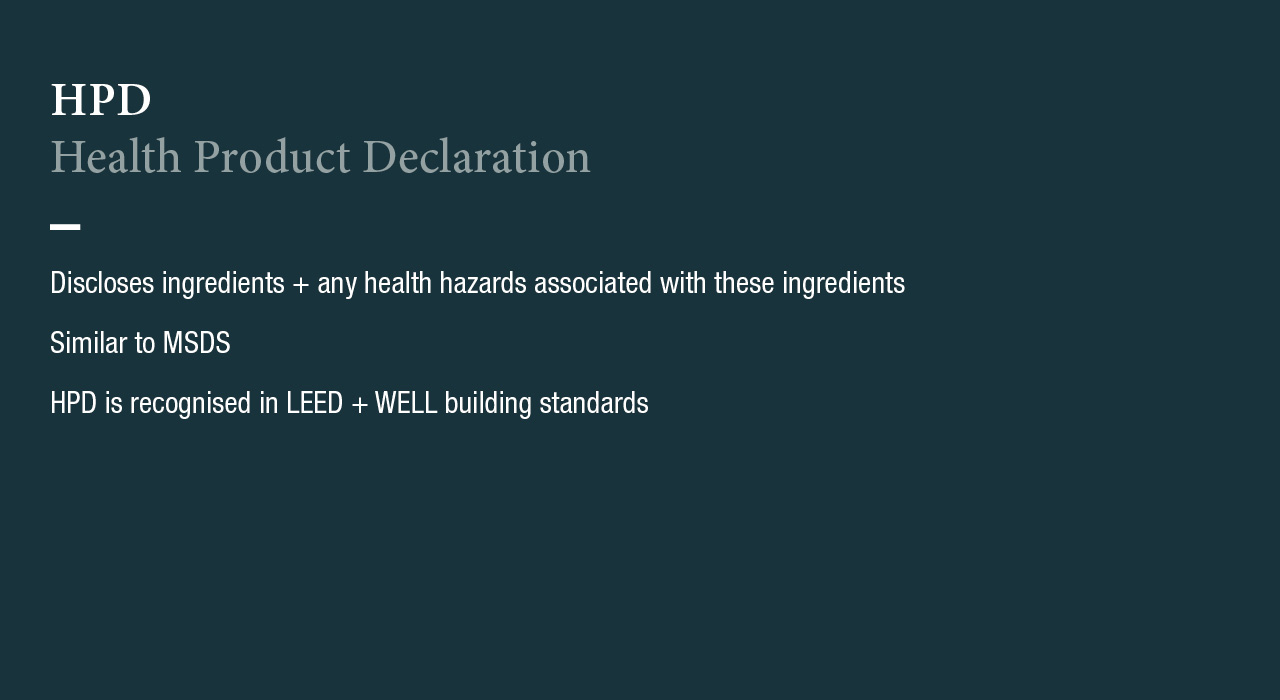Ecolabels have become an important marketing tool as they offer a simple visual ‘tick of approval’ label, a seemingly quick solution to select sustainable materials in an industry with time pressures and client expectations.
Consequently the availability of different ecolabels has grown. However, it is important to understand eco label certifications are not created equally and may not deliver better environmental outcomes. Some eco labels are more rigorous with high standards and others have surprisingly lower standards, rewarding business as usual.
Does a product need to be certified to an ecolabel to be good for the environment?
No, a product can still be good for the environment without being certified. Certifications are generally very expensive which is achievable for larger organisations, yet cost prohibitive for smaller business.
Eco label certifications are not a necessity as there are laws in place to protect consumers from greenwashing, Australian Consumer Laws prohibit companies from making misleading and deceptive claims, green or otherwise. The ACCC will pursue any companies that breach this law.
Are all ecolabels the same?
Ecolabels generally differ in their approach. There are so many different certifications that consumers have difficulty understanding what they represent.
Eco labels that aim only to limit negative environmental impacts are not enough. Ecolabels with a low benchmark can be seen as greenwashing rather than encouraging product innovation.
The GECA + ECNZ Textile standards are an example of this. Their aim is to minimise wastewater pollution, addressing a single lifecycle issue only. They fail to address other lifecycle issues such as sustainable material use and product stewardship.
Virgin synthetic textiles such as polyester, nylon, acrylic and polypropylene can easily achieve certification with GECA + ECNZ. These textiles are manufactured from a finite and non-renewable resource (i.e. petroleum), contain numerous hazardous substances and are not recyclable.
Which ecolabels should I trust?
To genuinely improve environmental performance, eco labels need to be comprehensive, addressing the whole lifecycle. See our simple guide below showing the lifecycle stages addressed by each ecolabel.
